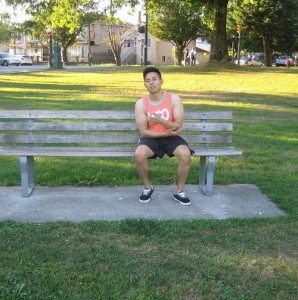Elbow bursitis or fluid on the elbow can trigger a variety of symptoms. It is important to note that the bursa is a lubricating sac positioned amidst the tip or bend of the elbow and overlying skin. It is responsible for reducing the friction amidst the bones and muscles, skin or tendons during movement.
Infection or injury can cause the bursa to become inflamed, irritated and filled with pus or fluid, resulting to a variety of undesirable symptoms.
Close look on the indications of elbow bursitis
Inflammation
Inflammation is one of the initial indications of elbow bursitis. Acute or chronic infection or irritation causes the fluid to build up within the bursa sac. Once this occurs, it results to swelling on the back part of the elbow.

Due to the folds of loose skin on the back part of the elbow, the swelling is usually left unnoticed for some time. As the fluid accumulates, the inflammation intensifies and might form a “goose egg” over the elbow tip. In some cases, the bursa is overly enlarged that it limits full movement of the elbow.
As for chronic cases of inflammation due to repetitive injury or recurring infections, it can lead to the thickening of the tissue folds of the bursa. The dense tissue can be felt under the skin as small lumps or nodules.
Tenderness and pain
In some individuals, inflammation arises on the rear part of the elbow without any discomfort but others might suffer minor to intense pain at the elbow tip.
The joint can become so tender that it is hard to put it down on a table or other surfaces. Retracting or extending the joint can trigger pain.
Infection
The infection due to damage to the elbow or an external skin infection that spreads to the olecranon bursa can cause serious symptoms that involve the entire body.
An abscess might form on the joint and the bursa might be filled with pus instead of fluid. The region around the elbow might become streaked, reddened, tender and warm to the touch.
When the body fights the infection, the individual might also develop fever with chills. Without timely treatment, the abscess will start to drain pus. The infection might spread to other body parts which is why immediate treatment is vital to prevent any serious complications.
